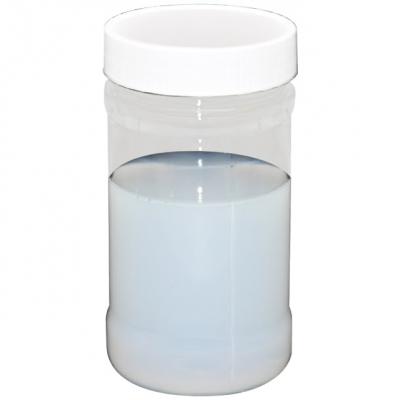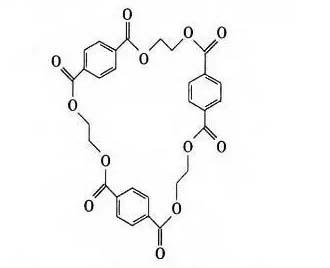In order to give fabrics a soft, smooth or full touch, in addition to mechanical finishing, most fabrics require the use of softening agent.
Functions of softening agent
Supplement the natural oil lost during refining, bleaching and other processes of natural fibers to make the hand feel more ideal.
Adhere to natural fibers or synthetic fibers to improve smoothness and strength, and improve hand feel.
Improve the wearing performance of the fabric through certain characteristics of softening agent.
Requirements of softening agent
The working solution should be stable under various softening processing conditions.
Should not reduce the whiteness and dyeing fastness of fibers or fabrics.
The fibers or fabrics processed by softening should not be easily discolored by heat, and should not produce changes in color, hand feel or odor during storage.
If the softening agent is an emulsion, its emulsion stability should be good.
According to different processing requirements, it should have appropriate water absorption or water repellent properties, antistatic properties and other properties (should be selected according to the different requirements of fabrics). It should have water wash or dry cleaning resistance.
There should be no adverse effects on human skin after contact.
Due to the variety of textiles, different fibers used, different fabric specifications and different fabric uses, the requirements for finishing are also different. Therefore, the selection of softening agent cannot be generalized. Softeners that meet the requirements should be selected based on the mechanism and function of various softeners. In addition, the performance of each softening agent is always limited. To achieve good performance in multiple aspects, two or more softeners can be used in combination (or formulated into a new softening agent product).
Types of softening agent
Softening agents are the category of auxiliaries with the most types and largest amount in dyeing and finishing auxiliaries. From the perspective of its chemical structure, there are basically two categories: long-chain fatty acid and polymer. The carbon-hydrogen long chain in the molecular structure of long-chain fatty acid softening agent can be randomly arranged in a curled state, forming flexibility of the molecule. The curved molecules can adsorb on the surface of fibers and play a lubricating role, reducing the static and dynamic friction coefficient between fibers.
Therefore, the structures of long-chain fatty acid types generally have good softening effect. They have not only many varieties but also a larger amount in softeners. According to their ionization, these softeners can be divided into anionic, cationic, nonionic, and amphoteric.
The main types of polymer softening agents are polyethylene and organosilicon. The variety of polyethylene softeners is relatively simple, and the amount used is small. Most are still organosilicon softeners. Because the main chain of polysiloxane is a curly helical structure that can rotate freely by 360 degrees with almost no energy required, its unique molecular structure conforms to the softening mechanism of textiles. It can not only reduce the static and dynamic friction coefficient between fibers but also reduce the surface tension of fibers due to its small intermolecular force, making it an ideal material for textile softening agents.
HT provides various fine chemical products, including formaldehyde-free fixatives, acidic fixatives, composite refining enzymes, chelates (CT powders), heat sublimation fastness improvers, wet friction fastness improvers, soap agents, cool silica softening agents, ternary copolymer organosilicon softeners, brightening lubricants, softening agents, etc.



 English
English  日本語
日本語  Español
Español  tiếng việt
tiếng việt  Türkçe
Türkçe  ไทย
ไทย  українська
українська  हिंदी
हिंदी  বাঙালি
বাঙালি  اردو
اردو 



